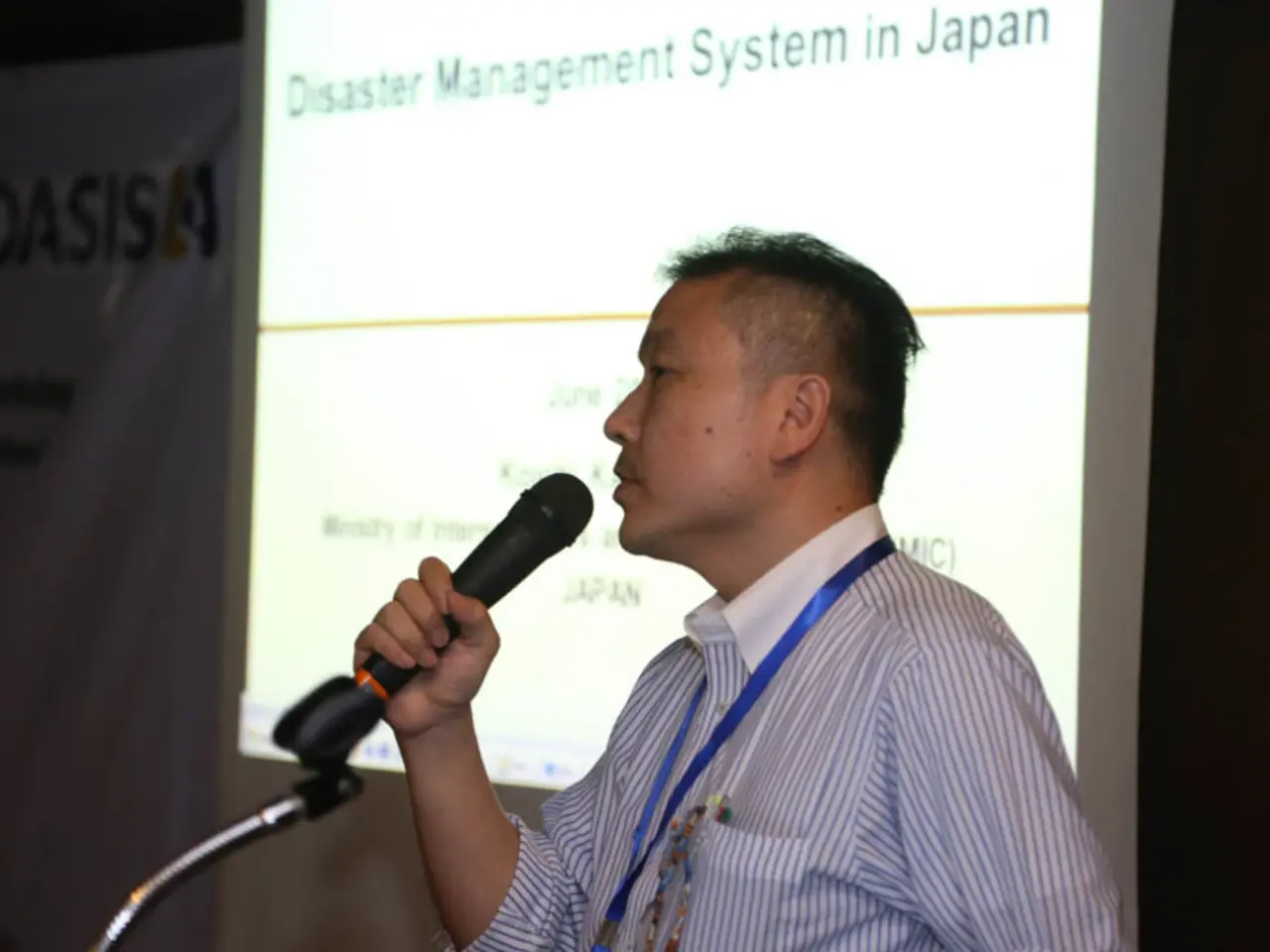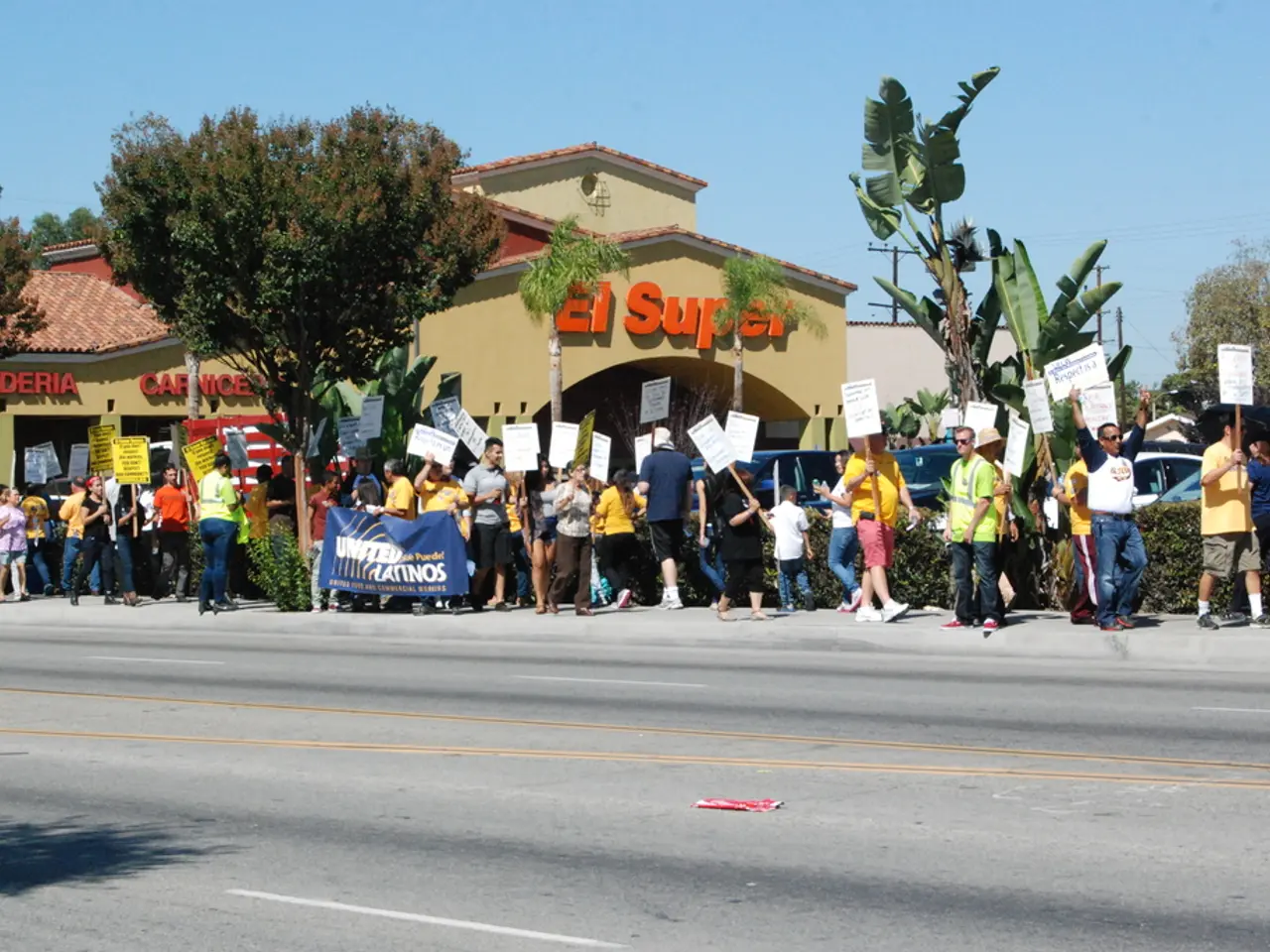TEPCO (Tokyo Electric Power Company) incurs a 903.3 billion yen specific loss due to decommissioning of nuclear power plants
Tokyo Electric Power Company Holdings Inc. (TEPCO) has announced that the full-scale removal of nuclear fuel debris at the Fukushima No. 1 nuclear power plant, which suffered reactor meltdowns following the March 2011 massive earthquake and tsunami, will not begin before fiscal year 2037.
The delay in the start of the removal project is due to the extensive preparations required, including the demolition of an adjacent building, which is expected to take approximately 12 to 15 years. This delay may push the overall decommissioning completion beyond the government and TEPCO’s target year of 2051.
The decommissioning process involves dealing with about 880 tons of debris, a mixture of melted nuclear fuel and reactor structures in the No. 1 to No. 3 reactors. TEPCO has determined that additional spending is necessary for this full-scale removal.
In the recent quarter, TEPCO posted a consolidated net loss of 857.6 billion yen, marking the largest net loss for the company in April-June. This loss comprises expenses for removing fuel debris from the Fukushima plant's No. 1 to No. 3 reactors. TEPCO did not disclose full-year forecasts, but a massive net loss is expected for the year through next March.
Estimates related to the broader Fukushima disaster, including contamination cleanup, compensation, decommissioning, and waste storage, have been around ¥21.5 trillion (approximately $200 billion inflation-adjusted) as of 2016. While specific costs for full-scale debris removal alone have not been separately detailed, it is clear that this is a multi-decade, multibillion-dollar effort with substantial complexity and risks.
TEPCO aims to start the full-scale removal project with the No. 3 reactor in fiscal 2037 or later and complete it by 2051. The company's efforts to manage the Fukushima disaster continue to be closely watched by the global community as a testament to the challenges and costs associated with nuclear accidents.
[1] Asahi Shimbun. (2021, July 30). Fukushima cleanup: Tepco to start fuel debris removal from No. 3 reactor in 2037 or later. Retrieved from https://www.asahi.com/ajw/articles/14113226
[2] Kyodo News. (2021, July 30). TEPCO to start removing fuel debris from Fukushima No. 3 reactor in 2037. Retrieved from https://english.kyodonews.net/news/2021/07/27790485c50a-tepco-to-start-removing-fuel-debris-from-fukushima-no-3-reactor-in-2037.html
[3] NHK World-Japan. (2021, July 30). TEPCO to start removing fuel debris from Fukushima No. 3 reactor in 2037. Retrieved from https://www3.nhk.or.jp/nhkworld/en/news/20210730_20/
[4] Reuters. (2021, July 30). TEPCO to start removing fuel debris from Fukushima No. 3 reactor in 2037. Retrieved from https://www.reuters.com/business/energy/tepco-start-removing-fuel-debris-fukushima-no-3-reactor-2037-2021-07-30/
[5] Nuclear Regulation Authority. (2021). Fukushima Daiichi Nuclear Power Station Decommissioning Progress Report. Retrieved from https://www.nra.go.jp/en/library/whitepaper/pdf/2021/pdf/Fukushima_Daiichi_Nuclear_Power_Station_Decommissioning_Progress_Report_2021.pdf
[1] Despite facing a financial burden due to the ongoing decommissioning efforts, Tokyo Electric Power Company Holdings Inc. (TEPCO) has to allocate additional funds for the full-scale removal of nuclear fuel debris at the Fukushima No. 1 nuclear power plant, which might affect their operations in other areas such as business, economy, and sports.
[2] The prolonged weather conditions in Fukushima have proven challenging not only for the removal process but also for the overall health and safety of the workers, as well as the surrounding ecosystem, highlighting the complex nature of this multi-decade, multibillion-dollar endeavor.





